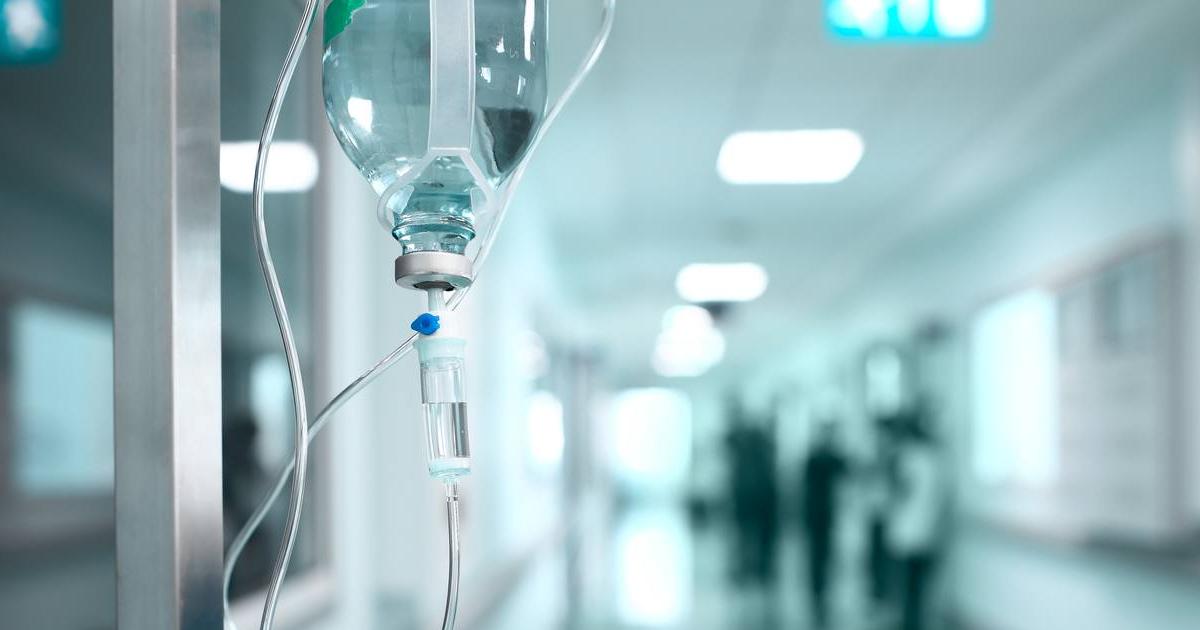How To Manage Dermatomyositis Effectively
Dermatomyositis is a rare type of inflammatory condition that results in skin rashes and muscle weakness. Both children and adults are affected by dermatomyositis, and females are more likely to develop the condition than males. In children, dermatomyositis typically presents between five and fifteen years old, and adults with the condition generally develop symptoms in their late forties to early sixties. The rash associated with this condition is usually red, and it frequently appears on the eyelids, face, chest, and back. Some patients may also have the rash on their knees, knuckles, and in the areas surrounding the fingernails. The muscle weakness associated with dermatomyositis is most noticeable in the upper arms, shoulders, neck, hips, and thighs. Patients may develop calcinosis (painful nodules of calcium just underneath the skin) or panniculitis (inflammation of the subcutaneous fat layer). Heart and blood vessel inflammation may be observed. To diagnose dermatomyositis, skin or muscle biopsies may be taken, and patients may also need blood tests, chest x-rays, MRI scans, and an electromyography study.
Patients diagnosed with dermatomyositis often benefit from the treatments discussed below.
Intravenous Immunoglobulin

Intravenous immunoglobulin, abbreviated IVIg, blocks the antibodies that damage skin and muscle in patients with dermatomyositis. This treatment is given as an infusion through a vein in the arm or the back of the hand. Immunoglobulin is a type of purified blood product full of healthy antibodies taken from thousands of blood donors. It can help strengthen the immune system and enable the body to fight infection more easily. Both children and adults are able to receive intravenous immunoglobulin, and treatment usually takes place at a hospital, infusion center, or doctor's office. Some patients may have their infusions at home. Each infusion takes between two to four hours, and the dose is based on the patient's weight. To start, most doctors prescribe four to six hundred milligrams of immunoglobulin per kilogram of body weight. Potential side effects of the treatment include headaches, a low fever, and muscle or joint pain. Patients typically receive a dose of immunoglobulin every three or four weeks.
Uncover more options for treating dermatomyositis now.